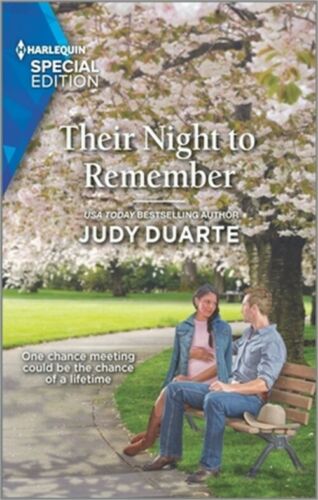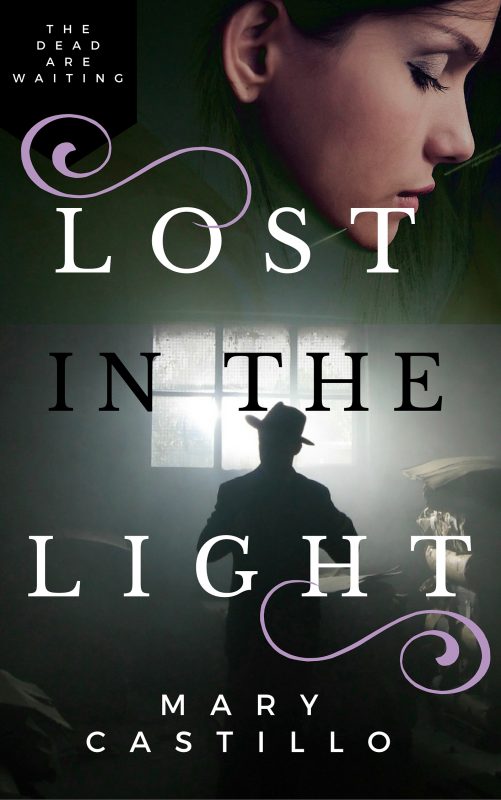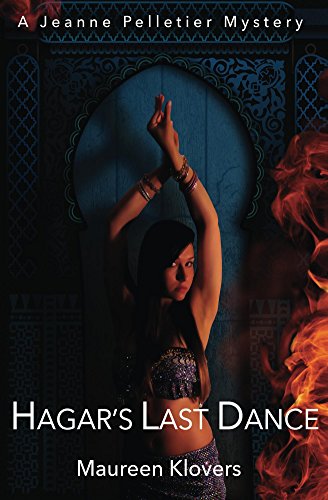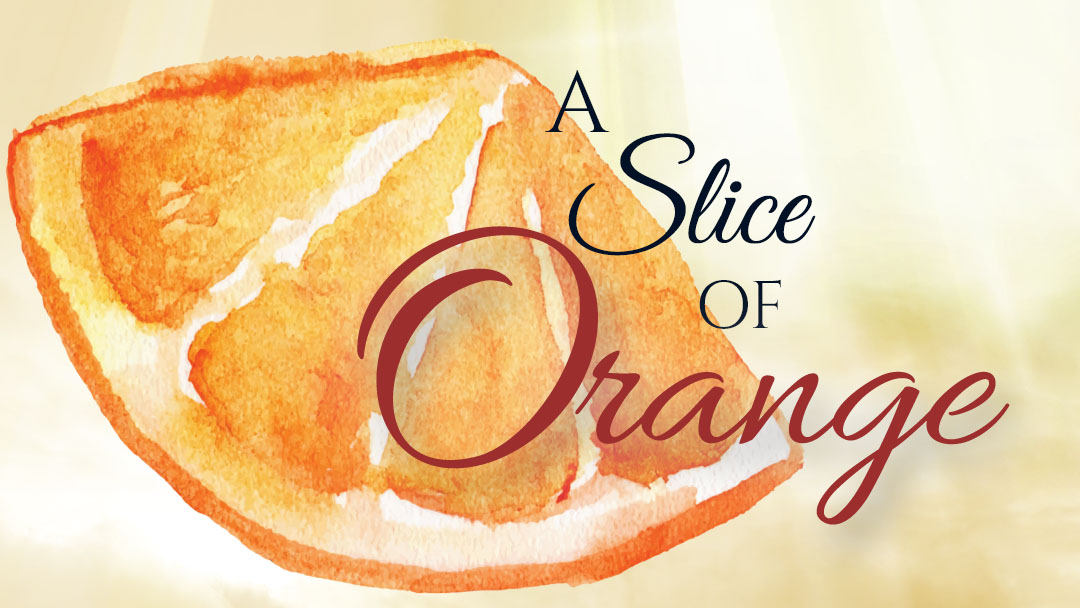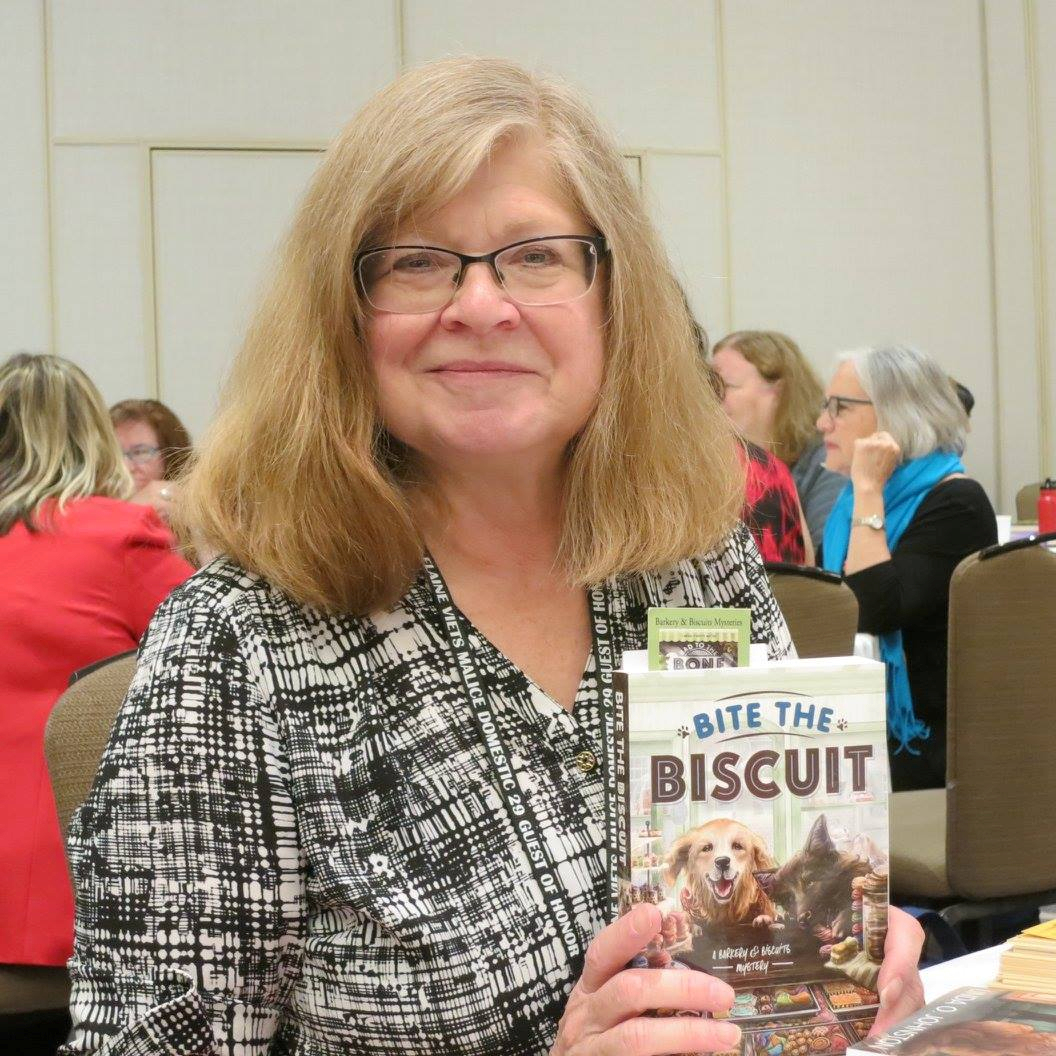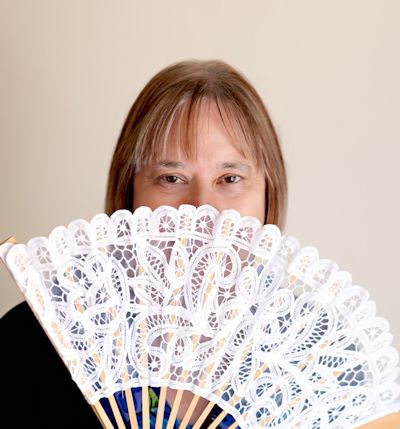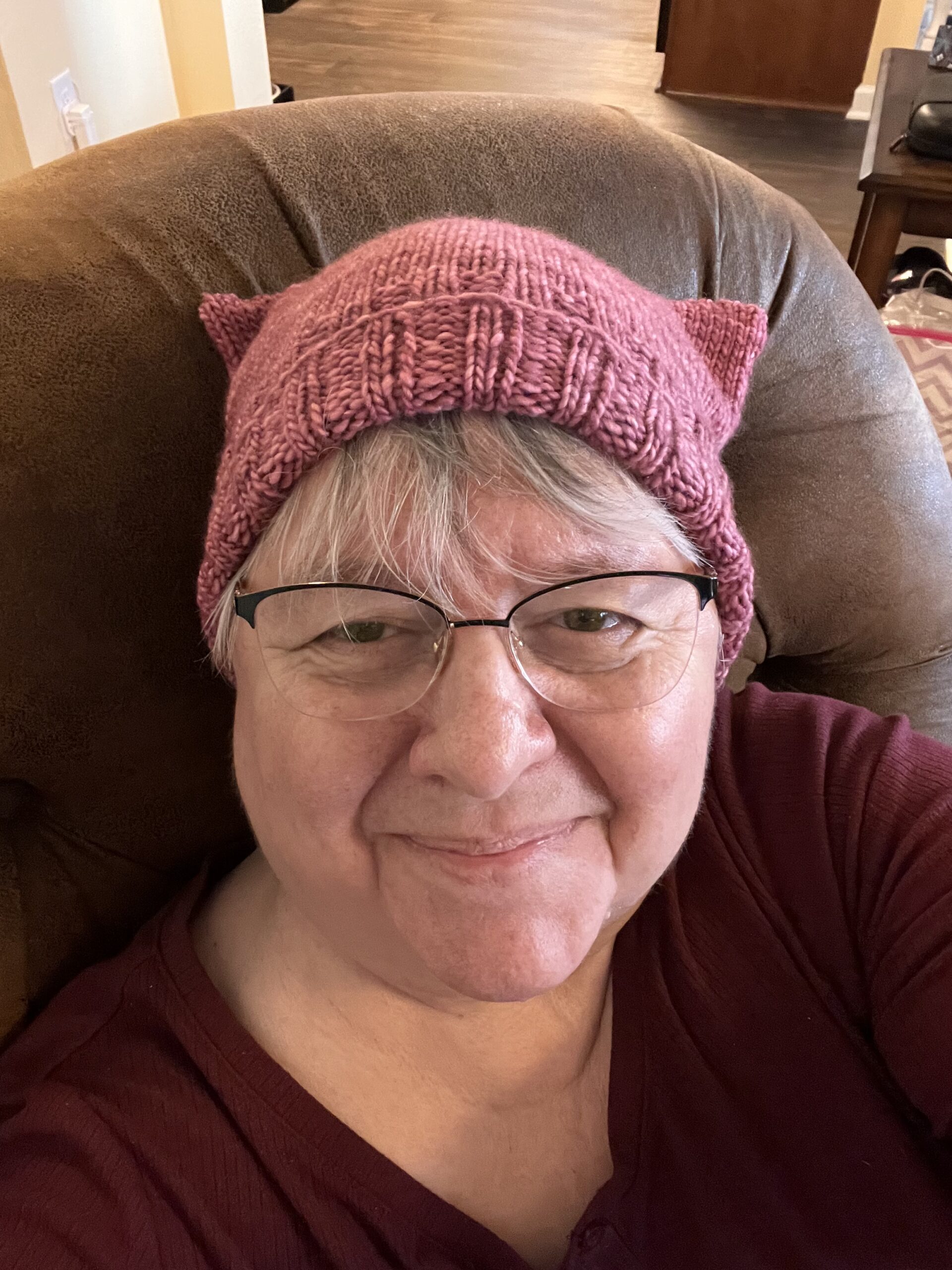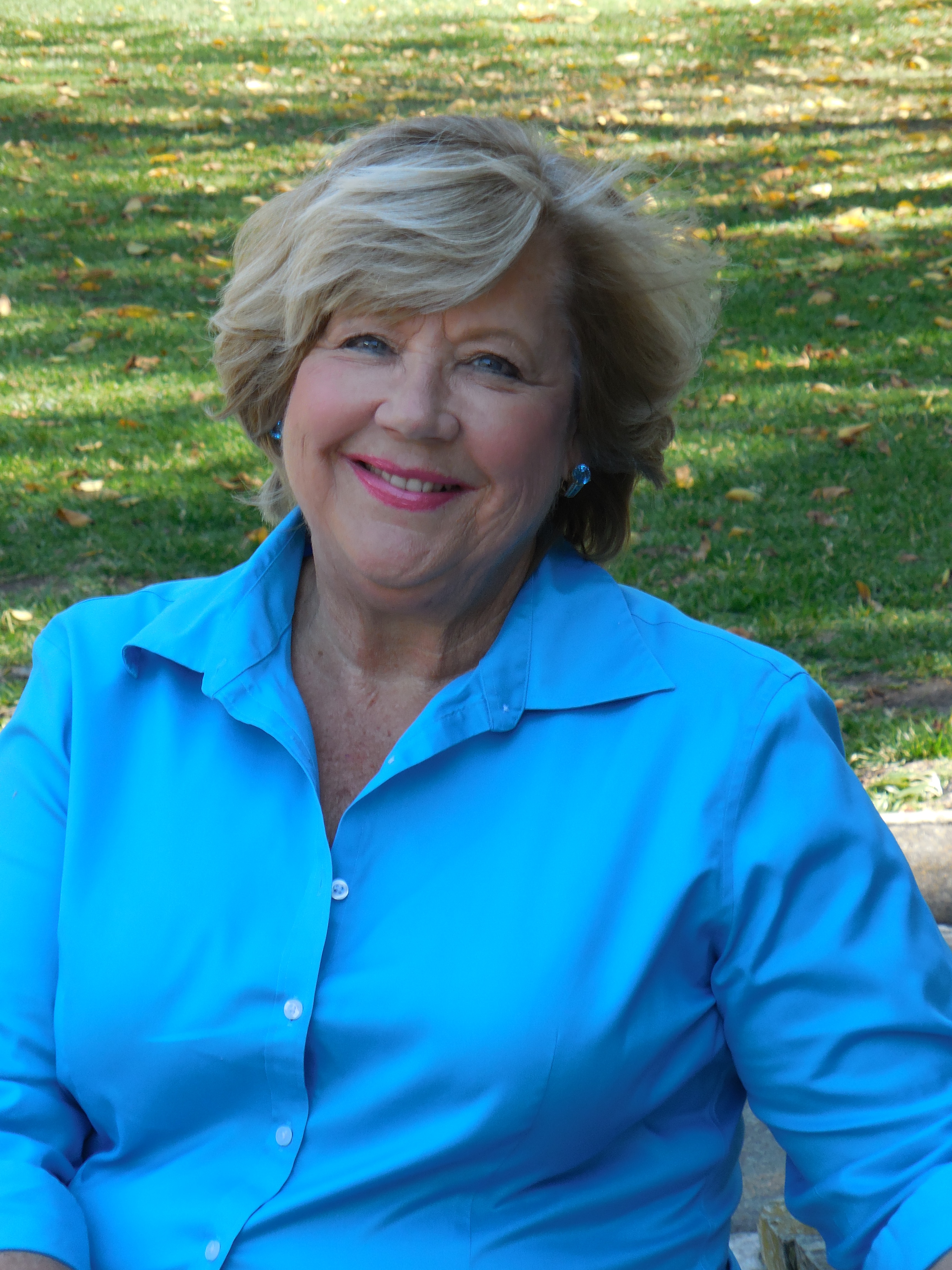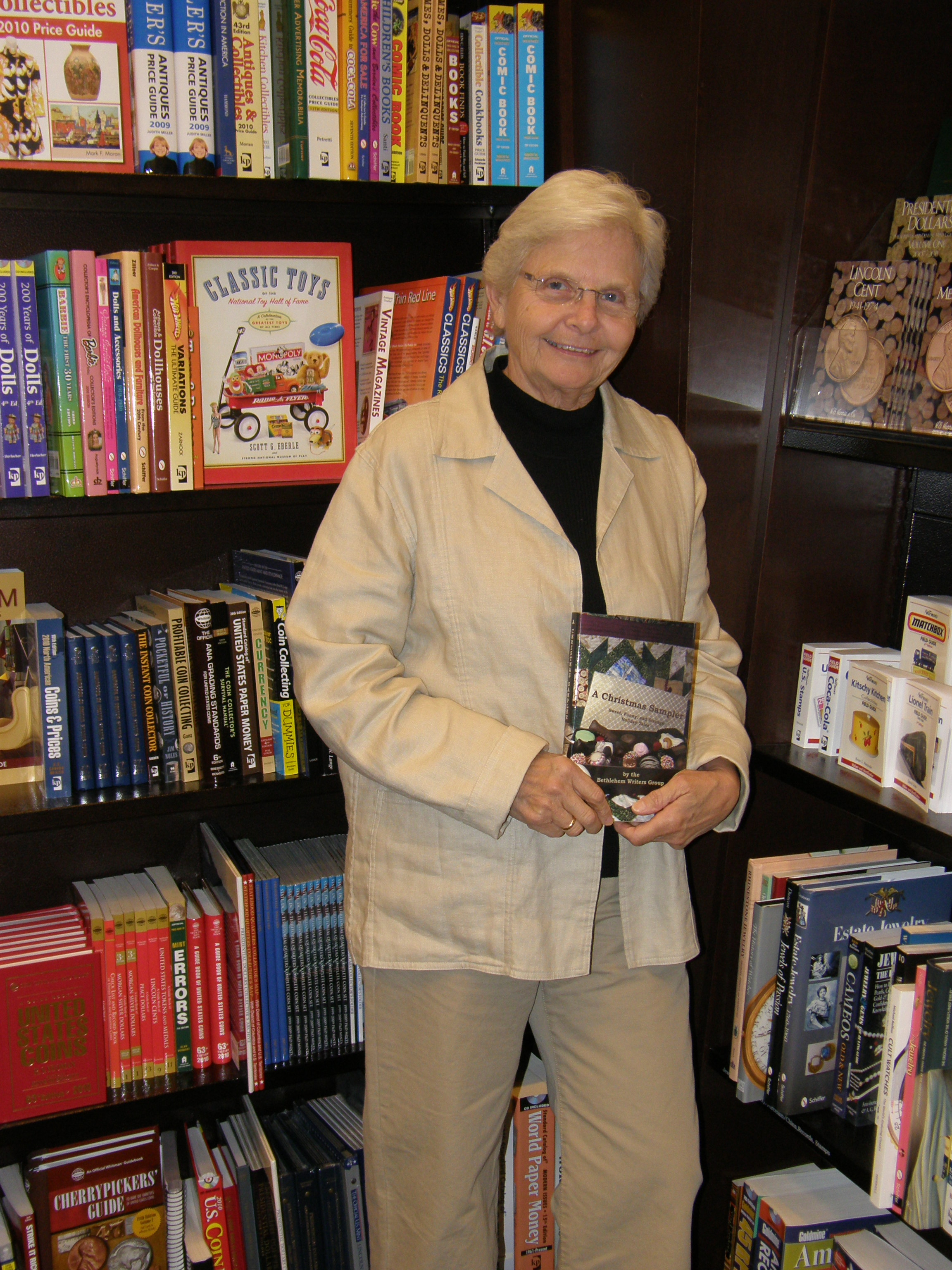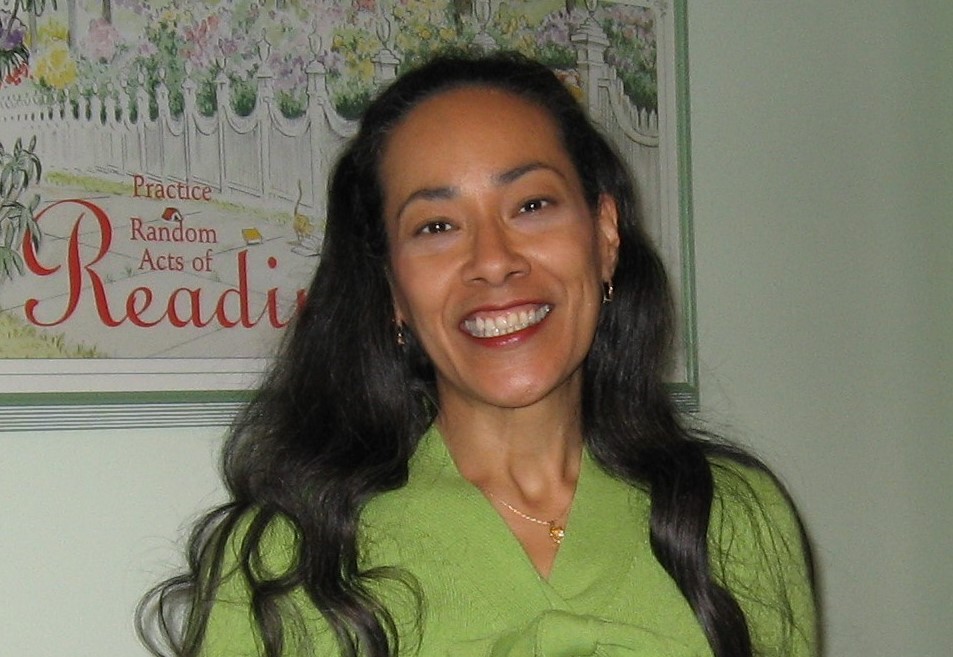Helping Writers Become Authors
June 8, 2017 by marianne h donley in category Apples & Oranges by Marianne H. Donley, Writing tagged as KM Weiland, outlining. story structure, Writing advise
The Internet hosts an amazing feast of website for writers. Some offer weird advice (it is the internet) and some offer good advice, but some offer excellent advice and provide step by step guidance—for free. One of those excellent and free sites is K. M. Weiland’s Helping Writers Become Authors. The website was the winner of Writer’s Digest 10 Best Websites for Writers in 2014, 2015 and 2016.
Helping Writers Become Authors is easy to navigate with a helpful menu across the top. On your first trip to HWBA, click on “Start Here” where K. M. Weiland has organized her “whopping big” website into quick steps to get you started. Two of my favorite articles is included here : How to Write Character Arcs and The Do’s and Don’ts of Storytelling According to Marvel.
 She has free books Crafting Unforgettable Characters and 5 Secrets of Story Structure and for those of you who like to listen to craft she has a huge series of podcasts available both on her website or through iTunes. She also has a giant Story Structure Database where she deconstructs books and movies pointing out where the story structure is spot on and where it needs help. It can be very helpful to see the story structure bones of other authors. The database includes new movies like LOGAN and old ones like the 1959 BEN-HUR and books like WHITE FANG and GONE GIRL. The database also includes two short stories and a video game.
She has free books Crafting Unforgettable Characters and 5 Secrets of Story Structure and for those of you who like to listen to craft she has a huge series of podcasts available both on her website or through iTunes. She also has a giant Story Structure Database where she deconstructs books and movies pointing out where the story structure is spot on and where it needs help. It can be very helpful to see the story structure bones of other authors. The database includes new movies like LOGAN and old ones like the 1959 BEN-HUR and books like WHITE FANG and GONE GIRL. The database also includes two short stories and a video game.
K.M. Weiland has several reasonably priced books about writing from Creating Character Arcs and Structuring Your Novel to Outlining Your Novel. Structuring Your Novel and Outlining Your Novel are also available as workbooks.
Just this week she also released Outlining Your Novel Workbook Computer Program (for PC and Mac) which I’m pretty sure is going to be a birthday present for me. I am very interested in seeing how this program compares to Randy Ingermanson’s Snowflake Pro which I use and really like.
She also writes historical and speculative fiction. Her titles include the award winning Storming, Dreamlander and Behold the Dawn. (Dreamlander is a free ebook.) I’ve read Dreamlander and enjoyed it. I’m looking forward to reading her other novels especially Storming—because hello, 1920s Dieselpunk!
Check out Helping Writers Become Authors. Let me know what your favorite resource is.

Marianne H. Donley makes her home in Tennessee with her husband and son. She is a member of Bethlehem Writers Group, Romance Writers of America, OCC/RWA, and Music City Romance Writers. When Marianne isn’t working on A Slice of Orange, she might be writing short stories, funny romances or quirky murder mysteries, but this could be a rumor.
Replay…Party In My Head
June 5, 2017 by Tracy Reed in category Writing
PARTY IN MY HEAD
How many people are at the party in your head? Ask any writer this question and you may be surprised by the answer.
This is a question I’ve been asking myself this week. I currently have standing room only at the party in my head. I’m writing one book, editing two, promoting another, writing mental notes on three others and reading one for pleasure.
When I decided to become a writer, it was a different time in publishing. If you put out three books a year, that was considered a lot. As the indie writing market grew, so did the desire for fresh content.
I had a plan, four books max a year. One every quarter…very old school thinking. I’ve been following a few writers and have learned, I have to write more. SHOCK!
I had it all planned. I’d release my first book and take about three months and then release the next one. I figured I’d release the follow up to GENERATIONAL CURSE early next year. Then I increased my reading and understood why that wasn’t going to work. When you become attached to characters and finish their story, you immediately want to know what happened next. I wasn’t prepared for this.
I wrote GENERATIONAL CURSE, while waiting to hear from a potential publisher about a different book. I figured once that series was sold, I’d have a little time before GENERATIONAL CURSE was ready to go. So I focused all of me energy on the other series. However, things changed and GENERATIONAL CURSE was released first. Now I have people asking will there be a follow up? Yes. I’m working on it and it’s an eye opener. You get to meet Kyla’s sister and she’s something else.
So how many characters are in my head? Too many to list. Smile
Tracy Reed
readtracyreed@me.com
www.readtracyreed.com
Sophisticated Romance
0 0 Read moreThings That Make Me Go Mmmrrh … Memorial Day Weekend 2017
May 28, 2017 by A Slice of Orange in category Writing tagged as Marine Corps Memorial, Memorial Day, Memorial Day Weekend, Vietnam
 Romantic Comedy author Geralyn Corcillo is grateful that her Dad came home from Vietnam.
Romantic Comedy author Geralyn Corcillo is grateful that her Dad came home from Vietnam.
Things That Make Me Go Mmmrrh … My Hero
May 23, 2017 by A Slice of Orange in category Things That Make Me Go Mmmrrh . . . by Geralyn Corcillo, Writing tagged as arlen black, awards, book boyfriends, chick lit, Contests, queen of the universe, romance, romantic comedy, Summer reading, summer reads. beach reads Last week, I blogged on a special day to introduce you to Arlen Black, the hero of my romantic comedy Queen of the Universe. He was one of 30 contestants up for Book Boyfriend 2017. I am blogging again today on a special day to announce …
Last week, I blogged on a special day to introduce you to Arlen Black, the hero of my romantic comedy Queen of the Universe. He was one of 30 contestants up for Book Boyfriend 2017. I am blogging again today on a special day to announce …
Arlen won!!! ARLEN BLACK won the title of Book Boyfriend 2017!

At my very first RWA meeting over a decade ago, I won that month’s first chapter critique from the incomparable Susan Squires, and when they called my name in the meeting, I screamed out from the back of the room, “Oh, my God!” It was my first meeting and I learned in later meetings that the drawing for 1st chapter critique is usually a bit more sedate. But I was EXCITED! And I was just as excited when I got the news about Arlen Monday morning. “Ron, Arlen won! Arlen won!!” In my exuberance, I spilled my coffee all over my cat, Debbie. I cleaned her up, but she kept her eye on me.
exuberance, I spilled my coffee all over my cat, Debbie. I cleaned her up, but she kept her eye on me.
Thank you to you all! To everyone who voted for me, cheered me on, and everyone who’s been loving book boyfriends over the years. This award thrills me because I have been loving books and book boyfriends all my life, and to have written some books that others find delightful just makes me so happy! Who are some of your favorite book boyfriends? Nat Eaton? Captain Wentworth? Michael Moscovitz? Ranger? Mmmrrh …
To see the Slice of Orange post that won Arlen the title, click here.


First and foremost, Geralyn Corcillo loves reader reviews! In other news…When she was a kid in Scranton, Pennsylvania, Geralyn Vivian Ruane Corcillo dreamed of one day becoming the superhero Dyna Girl. So, she did her best and grew up to constantly pick up litter and rescue animals. At home, she loves watching black & white movies, British mysteries, and the NY Giants. Corcillo lives in a drafty old house in Hollywood with her husband Ron, a guy who’s even cooler than Kip Dynamite.
10 1 Read more
SEW UP A BOOK
May 15, 2017 by Rebecca Forster in category The Write Life by Rebecca Forster, Writing tagged as Rebecca Forster, thrillers, writingYears ago, I worked in corporate America and my client was married to Danielle Steel. When I found out who she was, I uttered seven ridiculous words: “I bet I could write a book.”
One of my colleagues called me on that boast and that’s how I became a writer – on a crazy dare. Having never written before, I tackled this challenge in the same way I tackled a marketing plan: by asking questions about how I would go about becoming a published author. In the old days, all I had to do was write a pitch and hope someone paid attention; these days all I have to know is how to upload to Amazon. But the business of publishing begged the question that was most important: how do I learn to actually write a book?
I decided I would learn the same way I learned to sew; I would follow a pattern.
With one of Danielle Steel’s books in hand, I spent three nights with that book, a glass of wine and a yellow marker. As I read, I highlighted the ‘seams’ of her work. My pattern consisted of noting:
- When the main characters were introduced
- Where the plot points happened
- Where the emotional reveals came in
- How many pages of expository were in her book
- How long were the dialogue passages
- How many total pages were in the book
I wrote for months and when I was done I had exactly the right number of pages, all the characters came in on cue, and the plot was revealed appropriately. What a yawn.
My book was the equivalent of making a shift dress out of burlap. It was technically correct but plain and unexciting. My book had nothing to make it memorable to a reader. I didn’t want to just go to the published-author party; I wanted readers’ heads to turn. I needed to learn what sets an artist apart from a painter, a fashion designer from a seamstress and a writer from an author. Bottom line: I needed some buttons and bows, some satin and lace. I needed some style.
I am writing my thirty-fifth book and I have learned a great deal, but I still follow the pattern I created years ago. I have grown as an author, found my voice, honed my observations and come to understand my personal style. I hope that someday a writer will take a yellow marker to one of my books and make a pattern of her own from my work. Then I hope she will be inspired to kick it all up a notch with her buttons and bows.
Rebecca

Subscribe and get my 2-book starter library FREE:
Follow me on Bookbub!
Follow me on Facebook
Follow me on Twitter
1 1 Read moreAffiliate Links
A Slice of Orange is an affiliate with some of the booksellers listed on this website, including Barnes & Nobel, Books A Million, iBooks, Kobo, and Smashwords. This means A Slice of Orange may earn a small advertising fee from sales made through the links used on this website. There are reminders of these affiliate links on the pages for individual books.
Search A Slice of Orange
Find a Column
Archives
Featured Books
THEIR NIGHT TO REMEMBER
A handsome stranger…With an ulterior motive.
More info →LOST IN THE LIGHT
One October morning in 1932, Vicente Sorolla entered the white house on the hill and was never seen again. Now, Detective Dori Orihuela witnesses his brutal murder in her nightmares.
More info →HAGAR’S LAST DANCE
By day, Jeanne Pelletier is a small-town girl toiling in obscurity at a stuffy Washington, D.C., law firm; by night, she’s Zahira, the city’s newest belly dancing sensation.
More info →DARK WITNESS
In a remote wilderness, a girl's life hangs in the balance. Josie Bates knows only one law can save her: survival of the fittest.
More info →Newsletter
Contributing Authors
Search A Slice of Orange
Find a Column
Archives
Authors in the Bookstore
- A. E. Decker
- A. J. Scudiere
- A.J. Sidransky
- A.M. Roark
- Abby Collette
- Alanna Lucus
- Albert Marrin
- Alice Duncan
- Alina K. Field
- Alison Green Myers
- Andi Lawrencovna
- Andrew C Raiford
- Angela Pryce
- Aviva Vaughn
- Barbara Ankrum
- Bethlehem Writers Group, LLC
- Carol L. Wright
- Celeste Barclay
- Christina Alexandra
- Christopher D. Ochs
- Claire Davon
- Claire Naden
- Courtnee Turner Hoyle
- Courtney Annicchiarico
- D. Lieber
- Daniel V. Meier Jr.
- Debra Dixon
- Debra H. Goldstein
- Debra Holland
- Dee Ann Palmer
- Denise M. Colby
- Diane Benefiel
- Diane Sismour
- Dianna Sinovic
- DT Krippene
- E.B. Dawson
- Emilie Dallaire
- Emily Brightwell
- Emily PW Murphy
- Fae Rowen
- Faith L. Justice
- Frances Amati
- Geralyn Corcillo
- Glynnis Campbell
- Greg Jolley
- H. O. Charles
- Jaclyn Roché
- Jacqueline Diamond
- Janet Lynn and Will Zeilinger
- Jaya Mehta
- Jeannine Atkins
- Jeff Baird
- Jenna Barwin
- Jenne Kern
- Jennifer D. Bokal
- Jennifer Lyon
- Jerome W. McFadden
- Jill Piscitello
- Jina Bacarr
- Jo A. Hiestand
- Jodi Bogert
- Jolina Petersheim
- Jonathan Maberry
- Joy Allyson
- Judy Duarte
- Justin Murphy
- Justine Davis
- Kat Martin
- Kidd Wadsworth
- Kitty Bucholtz
- Kristy Tate
- Larry Deibert
- Larry Hamilton
- Laura Drake
- Laurie Stevens
- Leslie Knowles
- Li-Ying Lundquist
- Linda Carroll-Bradd
- Linda Lappin
- Linda McLaughlin
- Linda O. Johnston
- Lisa Preston
- Lolo Paige
- Loran Holt
- Lynette M. Burrows
- Lyssa Kay Adams
- Madeline Ash
- Margarita Engle
- Marguerite Quantaine
- Marianne H. Donley
- Mary Castillo
- Maureen Klovers
- Megan Haskell
- Melanie Waterbury
- Melisa Rivero
- Melissa Chambers
- Melodie Winawer
- Meriam Wilhelm
- Mikel J. Wilson
- Mindy Neff
- Monica McCabe
- Nancy Brashear
- Neetu Malik
- Nikki Prince
- Once Upon Anthologies
- Paula Gail Benson
- Penny Reid
- Peter J Barbour
- Priscilla Oliveras
- R. H. Kohno
- Rachel Hailey
- Ralph Hieb
- Ramcy Diek
- Ransom Stephens
- Rebecca Forster
- Renae Wrich
- Roxy Matthews
- Ryder Hunte Clancy
- Sally Paradysz
- Sheila Colón-Bagley
- Simone de Muñoz
- Sophie Barnes
- Susan Kaye Quinn
- Susan Lynn Meyer
- Susan Squires
- T. D. Fox
- Tara C. Allred
- Tara Lain
- Tari Lynn Jewett
- Terri Osburn
- Tracy Reed
- Vera Jane Cook
- Vicki Crum
- Writing Something Romantic
Affiliate Links
A Slice of Orange is an affiliate with some of the booksellers listed on this website, including Barnes & Nobel, Books A Million, iBooks, Kobo, and Smashwords. This means A Slice of Orange may earn a small advertising fee from sales made through the links used on this website. There are reminders of these affiliate links on the pages for individual books.



